Sustainability Focus in Light Meter Market
The Light Meter Market is increasingly influenced by a growing focus on sustainability. As industries strive to reduce their carbon footprint, the demand for energy-efficient lighting solutions is on the rise. Light meters play a crucial role in this transition by enabling users to measure and optimize light usage effectively. For instance, the architectural and construction sectors are utilizing light meters to ensure compliance with energy efficiency standards, which is becoming a regulatory requirement in many regions. This trend is expected to drive the market, as businesses seek to implement sustainable practices. Additionally, the rise of smart buildings, which utilize advanced lighting systems, further emphasizes the need for accurate light measurement tools. Consequently, the Light Meter Market is likely to see increased investment in sustainable technologies and practices.
Technological Advancements in Light Meter Market
The Light Meter Market is experiencing a notable transformation due to rapid technological advancements. Innovations such as digital light meters, which offer enhanced accuracy and ease of use, are becoming increasingly prevalent. These devices often incorporate features like data logging, Bluetooth connectivity, and smartphone integration, appealing to both professionals and hobbyists. The market for light meters is projected to grow at a compound annual growth rate of approximately 6.5%, driven by these technological improvements. Furthermore, the integration of artificial intelligence in light measurement tools is expected to enhance functionality, allowing for more precise readings in various environments. As a result, the demand for advanced light meters is likely to rise, reflecting a shift towards more sophisticated measurement solutions.
Regulatory Standards Impacting Light Meter Market
The Light Meter Market is significantly impacted by evolving regulatory standards aimed at improving energy efficiency and safety. Governments and regulatory bodies are implementing stringent guidelines that require accurate light measurement in various sectors, including construction, manufacturing, and entertainment. Compliance with these regulations necessitates the use of reliable light meters, thereby driving demand within the market. For instance, the introduction of new lighting regulations in commercial buildings mandates the use of precise light measurement tools to ensure optimal lighting conditions. This regulatory landscape is likely to create opportunities for manufacturers to innovate and develop products that meet these standards. As a result, the Light Meter Market may witness a surge in demand for compliant devices, fostering growth and encouraging advancements in technology.
Portability and User-Friendliness in Light Meter Market
The demand for portable and user-friendly devices is reshaping the Light Meter Market. As professionals in photography, agriculture, and construction require accurate light measurements on-the-go, manufacturers are focusing on creating compact and lightweight light meters. These devices often feature intuitive interfaces, making them accessible to a broader audience, including non-experts. The trend towards user-friendly designs is particularly evident in the rise of smartphone-compatible light meters, which allow users to measure light levels conveniently. This shift is likely to expand the customer base, as more individuals recognize the importance of light measurement in various applications. The increasing emphasis on portability and ease of use is expected to drive sales in the Light Meter Market, as consumers seek practical solutions that fit their dynamic lifestyles.
Growing Awareness of Light Quality in Light Meter Market
The Light Meter Market is witnessing a surge in awareness regarding the quality of light and its impact on health and productivity. Research indicates that proper lighting conditions can enhance mood, reduce eye strain, and improve overall well-being. Consequently, industries such as healthcare, education, and office environments are increasingly investing in light measurement tools to assess and optimize lighting conditions. This trend is particularly relevant as organizations recognize the importance of creating conducive environments for employees and clients. The demand for light meters that can accurately measure parameters such as color temperature and intensity is likely to rise. As awareness of light quality continues to grow, the Light Meter Market is expected to expand, driven by the need for tools that facilitate better lighting solutions.

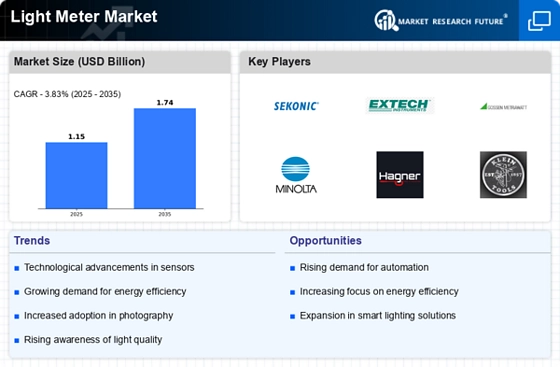

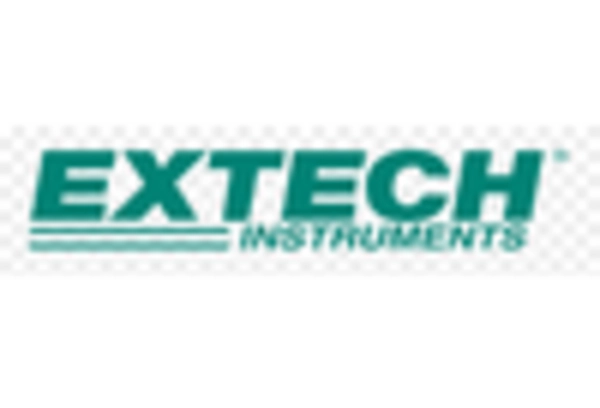

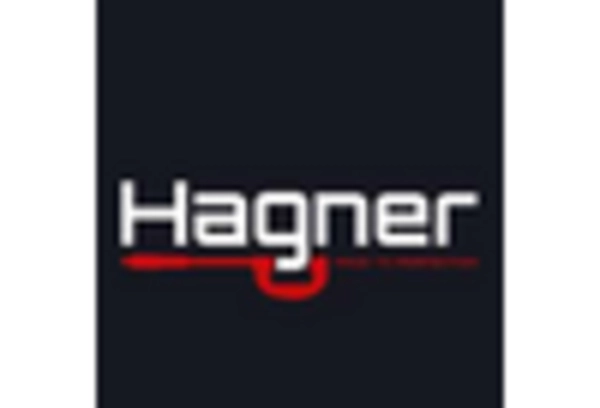
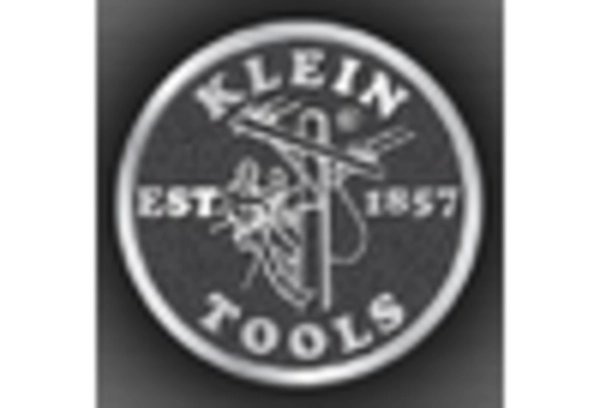
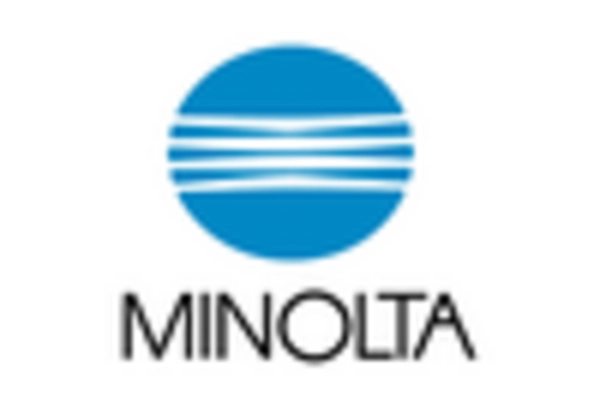
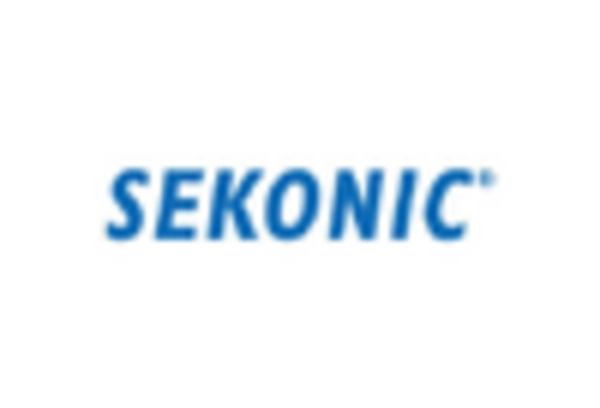








Leave a Comment